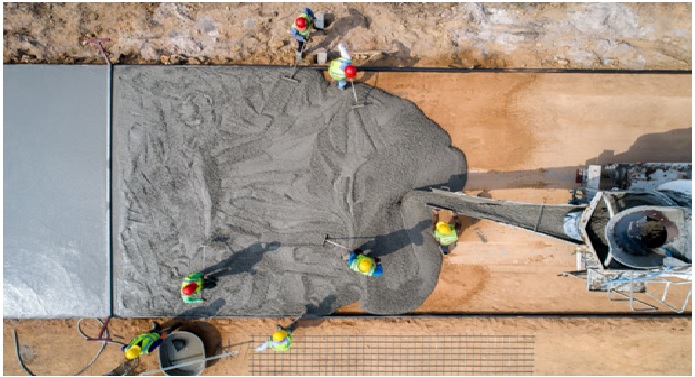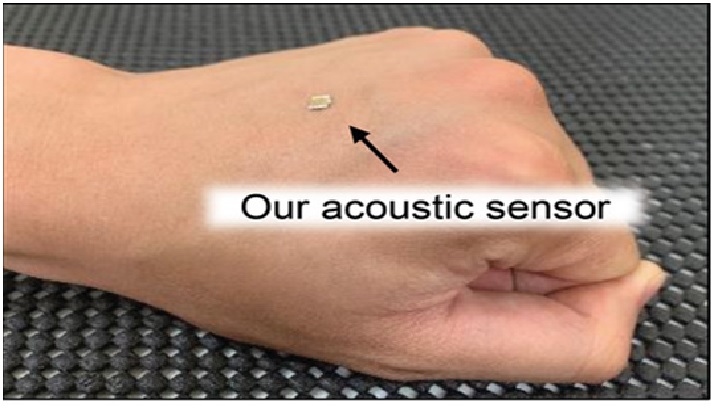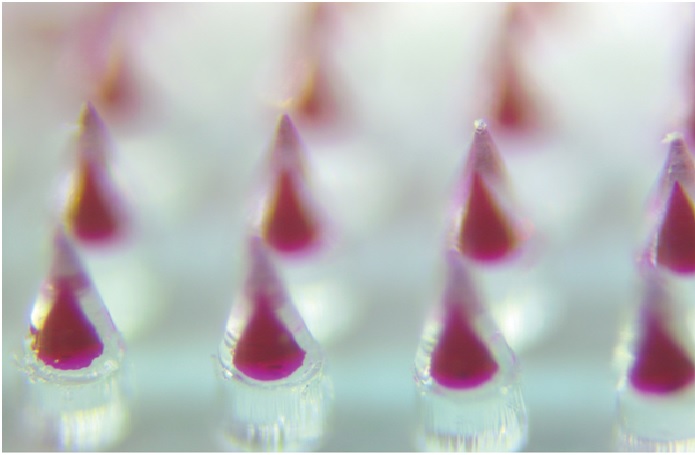The Improvement of Construction with Low Carbon Concrete
Concrete is a low carbon, local and responsibly sourced material and is widely used throughout the construction industry due to its durability, versatility and fire resistance. In this Concrete Compass on low carbon concrete, we explore concrete specification and provide guidance to support designing in low carbon concrete. [1] The embodied carbon of a structure can also be reduced through structural design and lean design. The uses of low carbon concrete is shown in figure 1.

Figure 1: Low Carbon Concrete [2]
In addition to embodied carbon and operational carbon, designers need to consider the total, whole-life carbon. Whole-life carbon emissions are the most holistic measure of the total impact of our built environment and can help to avoid unintended consequences of focussing on embodied or operational carbon alone. [3] The reason it is not referred to more, is that it is more complicated to measure than embodied and operational carbon.
The cement used in concrete is produced by burning limestone in kilns at very high heat (2,300° to 3,000° F) usually using powdered coal or natural gas as fuel, wasting a great deal of energy and releasing carbon dioxide (CO2) from the combustion. The chemical reaction involved in making cement releases more CO2 as a by-product. Producing one ton of Portland cement produces one ton of CO2 emissions. Seventy-nine percent of concrete’s CO2 emissions come from the cement even though it is only 13% of the material – the rest is sand, aggregate, and water.
It’s not surprising that concrete is the number one source of embodied carbon in buildings – accounting for up to 55%. And it’s responsible for 8 to11% of global CO2 emissions. If it was a country, the concrete industry would be the third-highest emitter of CO2 after China and the United States. Yet it’s the “foundation” of homes, buildings, cities, and transportation systems throughout the world and its use is growing fast. Worldwide demand for concrete is second only to water.
Advantages of Low Carbon Concrete
Despite growing interest in low-carbon cement technologies, several difficulties remain in fully embracing this transition. There is a lack of support from national governments to convince cement manufacturers to increase their investments in new technologies. The cement sector is also highly conservative when it comes to commercial implementation of these technologies, due to quality and safety concerns among customers over the reliability of novel products and the lengthy bureaucracy associated with obtaining permits for the use of alternative fuels in different jurisdictions. [5] Additionally, building standard codes vary regionally in terms of the type of blended cements that are allowed for construction, posing difficulties for builders using new products. Cost-effectiveness for cement manufacturers to invest and scale up advanced technologies remains a barrier as customers are reluctant to pay a premium for these products. Furthermore, the absence of legally mandated requirements from regulators across the globe is slowing down the transition process.
References:
- https://www.concretecentre.com/Publications-Software/Concrete-Compass/Low-Carbon-Concrete.aspx
- https://www.cnbc.com/2020/06/22/as-construction-tries-to-go-green-could-low-carbon-concrete-be-key.html
- https://zeroenergyproject.org/2020/11/09/low-carbon-concrete-starting-from-the-ground-up/
- https://theconstructor.org/concrete/low-carbon-concrete/29908/
- https://www.sustainalytics.com/esg-research/resource/investors-esg-blog/future-of-cement-low-carbon-technologies-and-sustainable-alternatives
Cite this article:
Vinotha D (2022), The Improvement of Construction with Low Carbon Concrete, AnaTechMaz, pp.208















